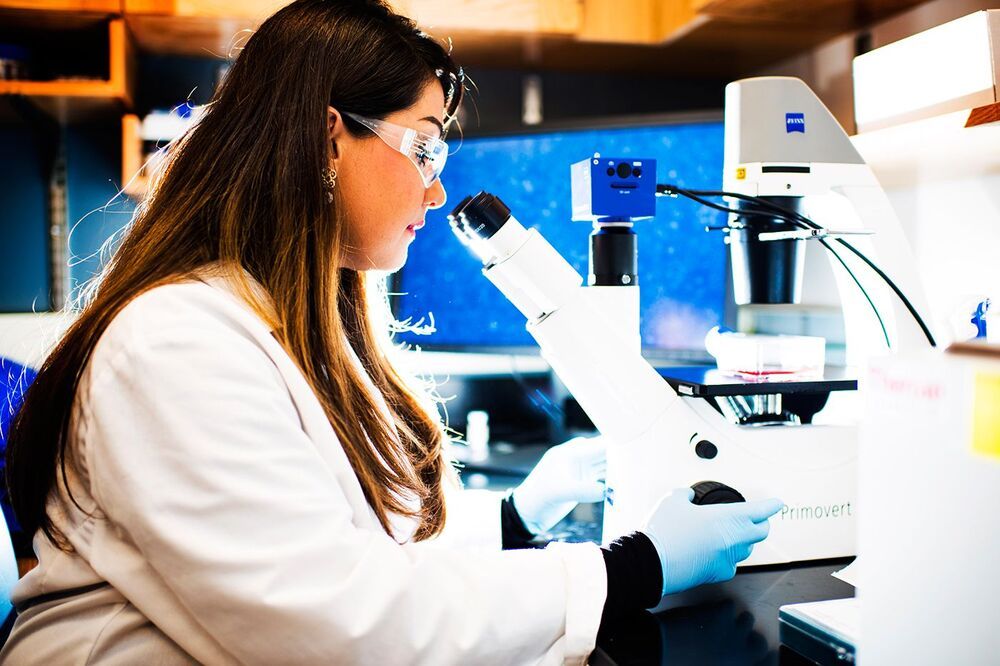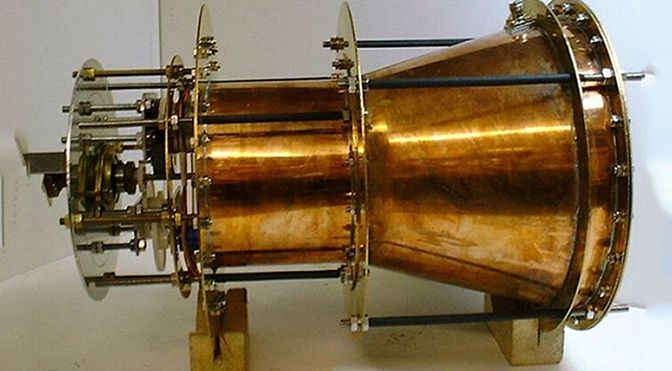Brazil daily Covid deaths top 4000 for first time.
Hospitals are overcrowded, with people dying as they wait for treatment, as cases continue to surge.


Resource management company, Veolia, is set to make a major increase to the amount of recycled plastic used in milk bottles and close the UK to UK recycling loop for the UK dairy industry.
The project will see over 100 million new recycled bottles created each year by ensuring that they are produced, distributed, consumed, collected, sorted, washed & reprocessed and made into bottles in the UK.
Every year three hundred million milk bottles arrive at Veolia’s plastic recycling facilities. After being collected and compressed into bales, the bottles are ground into flakes. They are washed several times to remove label residue and clean the plastic.

Circa 2017
When surgeons complete a successful lung operation, everyone should breathe a sigh of relief. But real relief may not come until weeks or even months later, when doctors remove the patient’s lingering sutures or staples. And that’s assuming there were no leakages, which can send a patient right back to the hospital.
Nasim Annabi, assistant professor of chemical engineering, has a better solution: a new type of surgical glue that could replace the need for staples and sutures altogether. Annabi is leading the research, which she and her colleagues from the University of Sydney and Harvard Medical School described in a paper published Wednesday in Science Translational Medicine.
The gel-like glue, called MeTro, is made from a human protein that has been modified to react to ultraviolet light. Researchers apply the glue to a wound, place it under UV light for a few seconds, and voilà—the wound is sealed.

O,.o.
The largest-ever study of almost 2000 DNA samples carried out by researchers at Pompeu Fabra university (UPF) in Barcelona has confirmed the “genetic singularity” of the Basques in Europe. The investigation, however, found that this difference only began to emerge 2500 years ago in the Iron Age. “Our analyses confirm that Basques were influenced by the major migration waves in Europe until the Iron Age, in a similar pattern as their surrounding populations,” the authors explain in the study published in the journal Current Biology.
The origin of the Basques has fascinated the scientific community since the 19th century. The French anthropologist Paul Broca snuck into a Basque cemetery one night in 1862 to steal skulls he wanted to study for their supposed genetic differences. Juan José Ibarretxe, premier of the Basque regional government until 2009, proclaimed that the Basque people “have existed for 7000 years” to promote his vision of an independent Basque state. And the then-president of the Basque Nationalist Party (PNV), Xabier Arzalluz, claimed in 2000 that the Basques were “the oldest inhabitants of Europe,” with “their own roots” since prehistoric times.
Although Basque genetic differences are noticeable, the study shows this is the result of centuries of isolation and inbreeding potentially caused by unique Basque dialects that have no crossover with other European languages, or indeed any other living language today.

Exosonic isn’t the only aviation trailblazer to receive investment from the US Air Force.
Atlanta-based Hermeus Corporation is working on a hypersonic 20-seater that promises to deliver passengers from New York to London in 90 minutes.
California start-up Exosonic is developing a supersonic jet designed to one day carry the leaders of the US Executive Branch and their guests. CNN Travel got a sneak peek inside the plane.
Chinese version of BD’s Spot. It’s no wonder that funding is so slow for robotics. As soon as Boston Dynamics finishes Atlas 100 companies will copy and pass it off as their own.
A video shared on Twitter has sparked fears of a real world robot take over. The clip shows a squadron of four-legged, canine-like robots made by a Chinese firm, all of which move in unison.


Researchers at Tel Aviv University were able to reconstruct the nutrition of stone age humans.
In a paper published in the Yearbook of the American Physical Anthropology Association, Dr. Miki Ben-Dor and Prof. Ran Barkai of the Jacob M. Alkov Department of Archaeology at Tel Aviv University, together with Raphael Sirtoli of Portugal, show that humans were an apex predator for about two million years. Only the extinction of larger animals (megafauna) in various parts of the world, and the decline of animal food sources toward the end of the stone age, led humans to gradually increase the vegetable element in their nutrition, until finally they had no choice but to domesticate both plants and animals — and became farmers.
“So far, attempts to reconstruct the diet of stone-age humans were mostly based on comparisons to 20th century hunter-gatherer societies,” explains Dr. Ben-Dor. “This comparison is futile, however, because two million years ago hunter-gatherer societies could hunt and consume elephants and other large animals — while today’s hunter gatherers do not have access to such bounty. The entire ecosystem has changed, and conditions cannot be compared. We decided to use other methods to reconstruct the diet of stone-age humans: to examine the memory preserved in our own bodies, our metabolism, genetics, and physical build. Human behavior changes rapidly, but evolution is slow. The body remembers.”

Humanity has come a long way in understanding the universe. We’ve got a physical framework that mostly matches our observations, and new technologies have allowed us to analyze the Big Bang and take photos of black holes. But the hypothetical EmDrive rocket engine threatened to upend what we knew about physics… if it worked. After the latest round of testing, we can say with a high degree of certainty that it doesn’t.
If you have memories from the 90s, you probably remember the interest in cold fusion, a supposed chemical process that could produce energy from fusion at room temperature instead of millions of degrees (pick your favorite scale, the numbers are all huge). The EmDrive is basically cold fusion for the 21st century. First proposed in 2001, the EmDrive uses an asymmetrical resonator cavity inside which electromagnetic energy can bounce around. There’s no exhaust, but proponents claim the EmDrive generates thrust.
The idea behind the EmDrive is that the tapered shape of the cavity would reflect radiation in such a way that there was a larger net force exerted on the resonator at one end. Thus, an object could use this “engine” for hyper-efficient propulsion. That would be a direct violation of the conservation of momentum. Interest in the EmDrive was scattered until 2016 when NASA’s Eagelworks lab built a prototype and tested it. According to the team, they detected a small but measurable net force, and that got people interested.

A woman in Pittsburgh has become the first documented case in a living person of an unusual medical condition where alcohol naturally brews in the bladder from the fermentation of yeast.
The condition, which researchers propose to call either ‘bladder fermentation syndrome’ or ‘urinary auto-brewery syndrome’, is similar to another incredibly rare condition, auto-brewery syndrome, where simply ingesting carbohydrates can be enough to make you inebriated, even without consuming any alcohol via regular means.
In the case, doctors became aware of what seems to be a related syndrome, after attending upon a 61-year-old patient who presented with liver damage and poorly controlled diabetes.